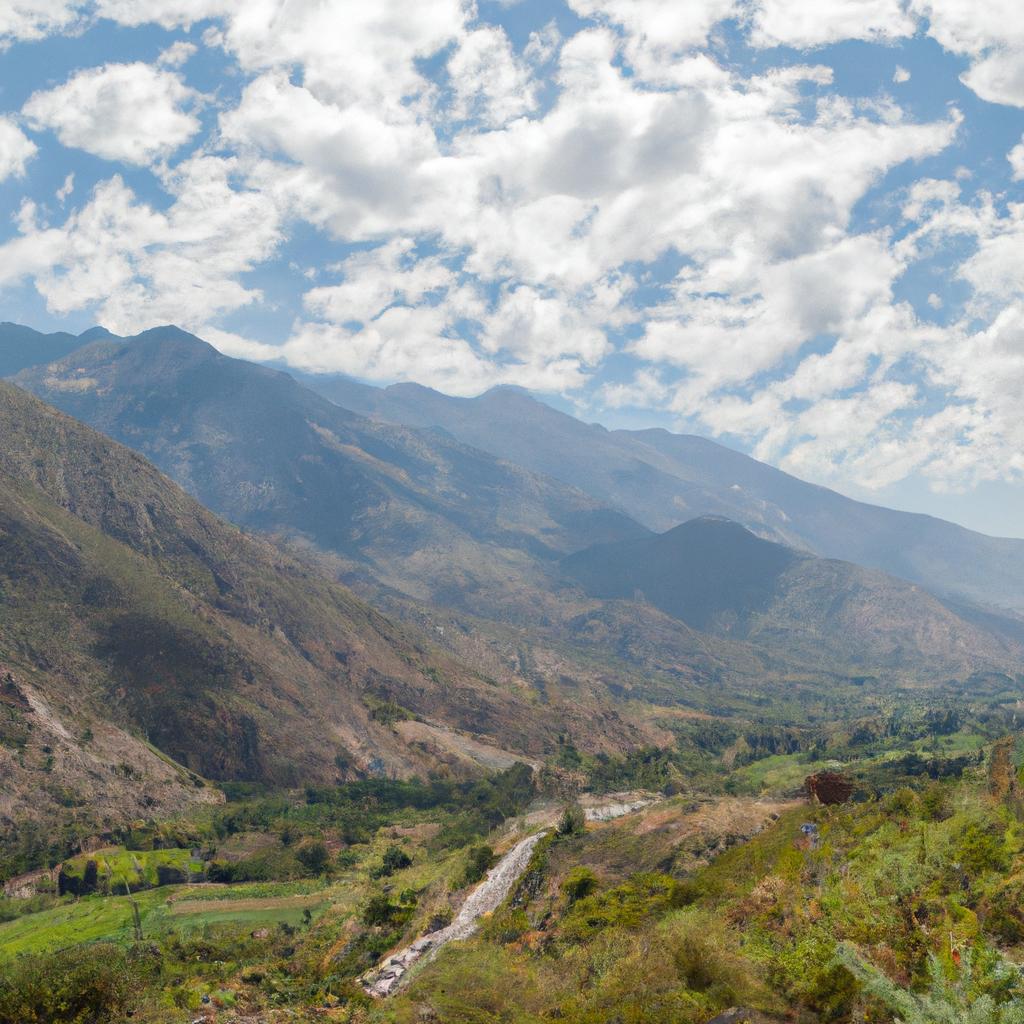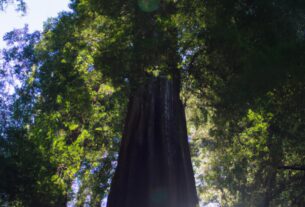The Andes Mountains, one of the most awe-inspiring mountain ranges on Earth, are located in South America. Spanning over 7,000 km, they hold the distinction of being the longest mountain range in the world. This incredible natural wonder traverses through Venezuela, Colombia, Ecuador, Peru, Bolivia, Chile, and Argentina. Known for their remarkable geographical features, rich cultural history, and unique biodiversity, the Andes Mountains are an enchanting destination that captivates the hearts of those who visit.
Geographical Marvels of the Andes Mountains
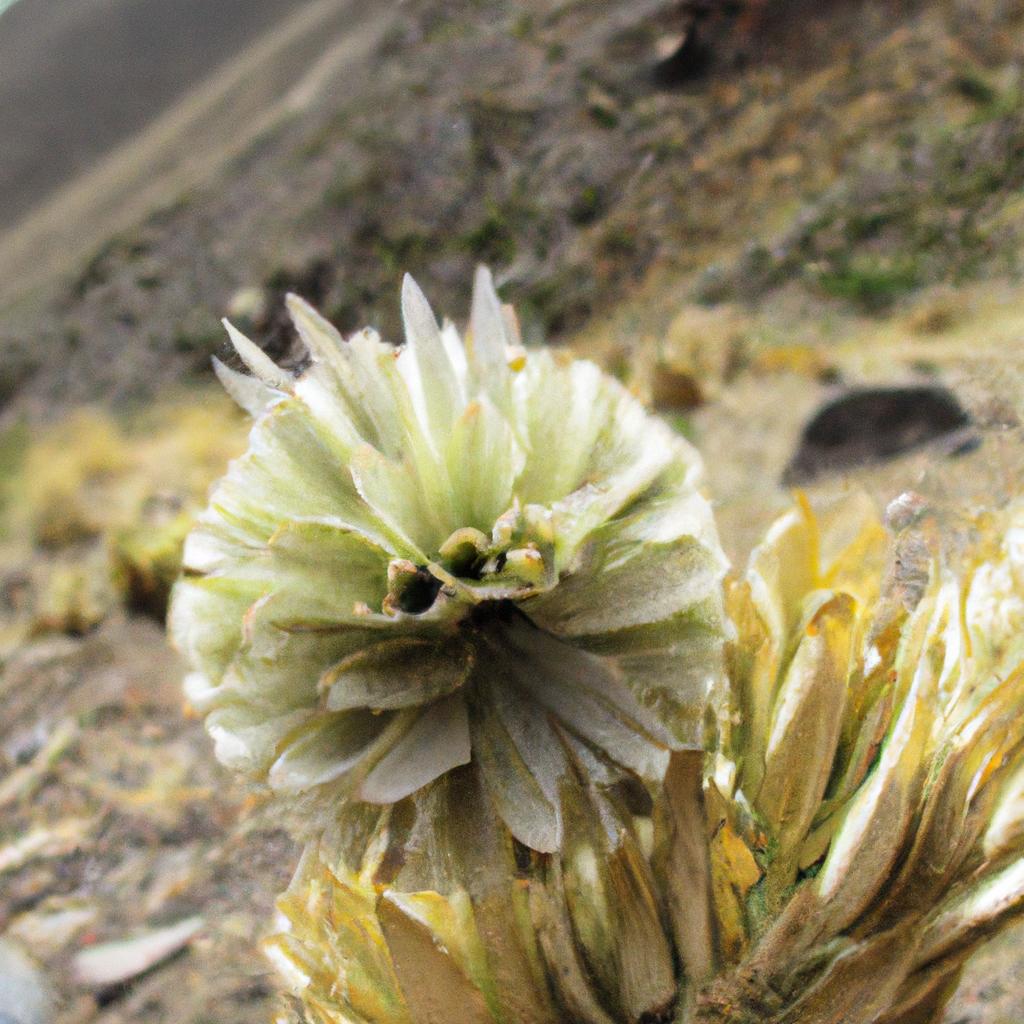
The Andes Mountains owe their existence to the powerful tectonic plates of the South American continent and the Nazca plate. They are divided into three regions: Northern, Central, and Southern. Each region boasts distinctive geological features, including volcanoes, canyons, and glaciers. Among these majestic peaks, the Andes Mountains proudly hold the title for the tallest peak in the Western Hemisphere, Aconcagua, towering at a staggering 6,960 meters above sea level.
The Andes Mountains are renowned for their extraordinary ecosystems. The mountain range encompasses several unique habitats, such as the Puna, Yungas, and the Amazon Rainforest. The Puna is a high-altitude desert that showcases rare and extraordinary flora and fauna, including the iconic llama and alpaca. The Yungas ecosystem, nestled on the eastern slopes of the Andes Mountains, boasts unparalleled biodiversity. And let’s not forget the Amazon Rainforest, situated on the Andes’ eastern slopes, which stands as the largest rainforest on the planet. The intricate topography and climate of the Andes Mountains have gifted the region with these remarkable and distinct ecosystems.
These magnificent mountains are not only a majestic sight but also play a crucial role in providing water to millions of people in South America. The Amazon River, the largest river globally in terms of volume, originates from the Andes Mountains and meanders through Brazil, Peru, and Colombia. The rivers flowing through the Andes Mountains not only sustain the water supply but also generate hydroelectric power.
In addition to their geological wonders, the Andes Mountains hold great cultural significance. For thousands of years, indigenous people have inhabited these mountains, preserving their traditions and heritage. The Inca Empire, the largest empire in pre-Columbian America, flourished within the Andes Mountains. The Inca Empire left an indelible mark on history with its incredible architectural feats, most notably the mesmerizing Machu Picchu. As a UNESCO World Heritage site, Machu Picchu stands as one of the most sought-after tourist destinations in South America.
The indigenous people of the Andes Mountains have a profound connection to this sacred place. Their cultural practices blend traditional beliefs with Christianity, emphasizing the importance of the Andes Mountains’ natural elements. Music, dance, and traditional clothing are integral parts of their rich cultural heritage. The Andes Mountains also host various traditional festivals, such as the Inti Raymi, which exuberantly celebrates the winter solstice.
Cultural Significance of the Andes Mountains
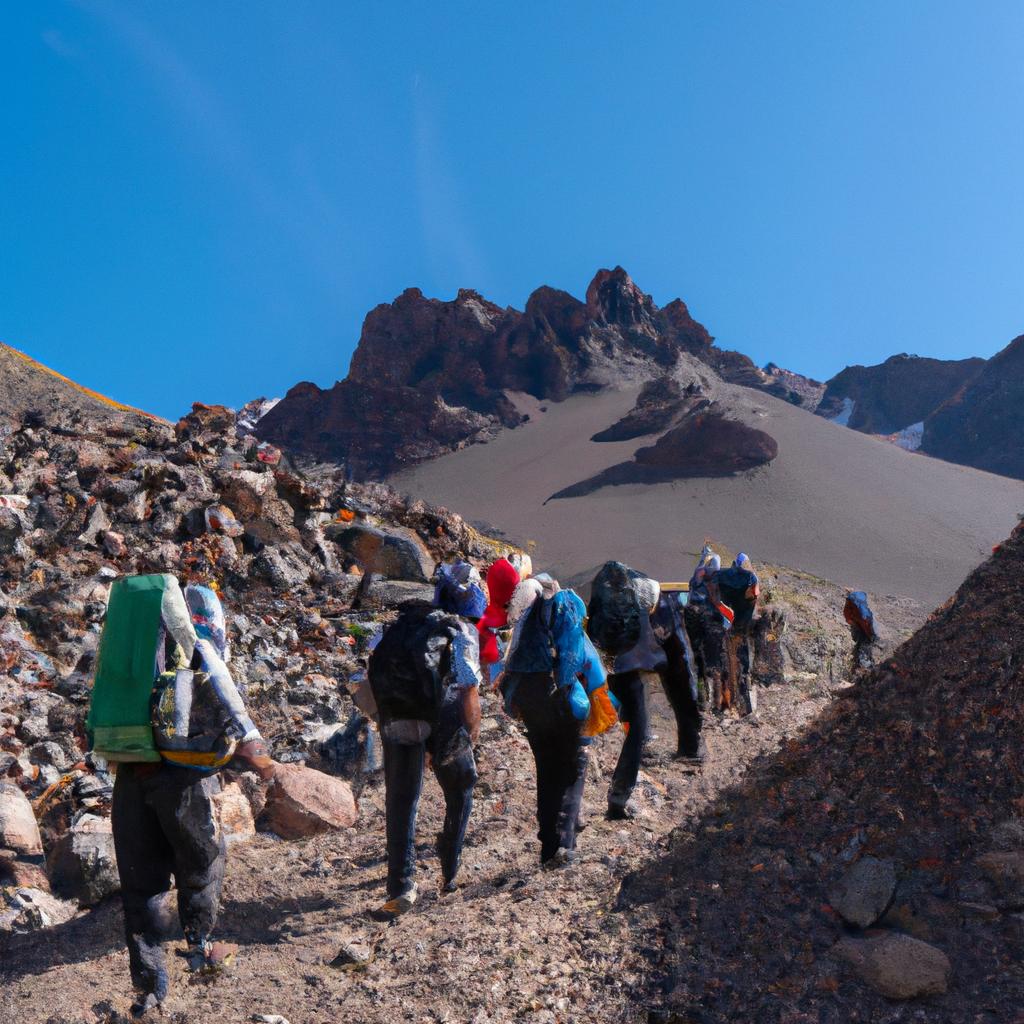
The Andes Mountains hold deep cultural and spiritual significance for the indigenous people of South America. Embedded within their heritage lies a profound belief in the sanctity of this mountain range. The natural elements of the Andes Mountains form an integral part of the Andean religion, blending traditional customs with Christianity.
The Inca Empire, nestled within the Andes Mountains, played a prominent role in shaping the region’s cultural tapestry. Through impressive architectural and engineering marvels like Machu Picchu, the Inca Empire has left an enduring legacy. Machu Picchu, enveloped in the embrace of the Andes, enchants visitors from around the world. The Inca Trail, leading to Machu Picchu, entices hikers with its challenges and rewards, offering breathtaking vistas along the way.
The Andean culture’s vibrant music, graceful dance, and colorful traditional clothing are emblematic of the region’s cultural diversity. The Huayno, a joyous dance, is an embodiment of the rich heritage of the Andean people.
Biodiversity in the Andes Mountains
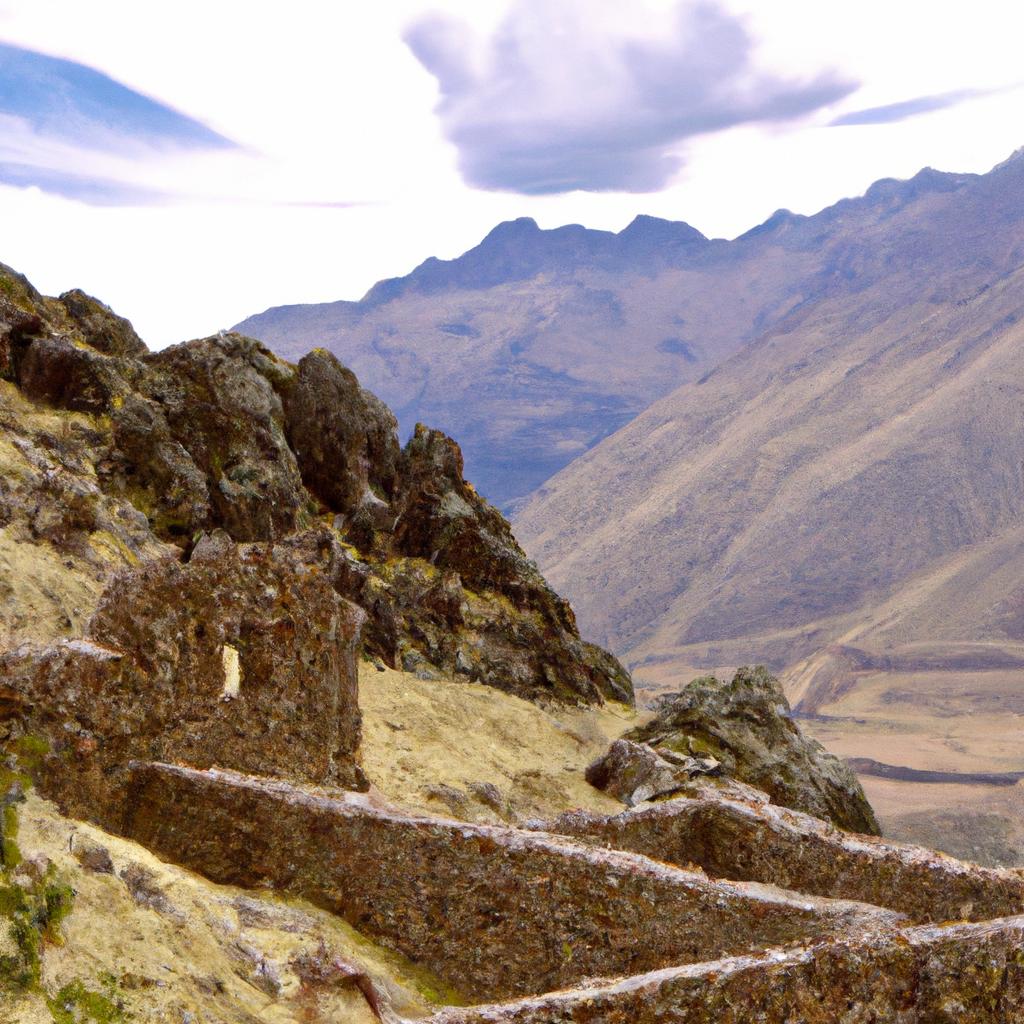
The Andes Mountains house an unparalleled biodiversity that cannot be found anywhere else in the world. The interplay of the unique topography and climate has given rise to several distinct ecosystems, supporting an array of fascinating flora and fauna. The Puna, a high-altitude desert, shelters exceptional plant and animal species, including the iconic llama and alpaca. The Yungas ecosystem, flourishing on the eastern slopes of the Andes Mountains, is a haven for biodiversity. Meanwhile, the Amazon Rainforest, sprawling along the eastern slopes, holds the distinction of being the largest rainforest globally.
However, the remarkable biodiversity of the Andes Mountains faces numerous threats, such as deforestation, mining activities, and climate change. Various organizations, including the Andes Amazon Fund and the World Wildlife Fund, work tirelessly to safeguard the region’s unique biodiversity. Their efforts focus on supporting environmental education, sustainable development, and conservation initiatives. The dedication of these organizations is crucial in preserving the biodiversity of the Andes Mountains, ensuring its splendor endures for generations to come.
Outdoor Adventures in the Andes Mountains
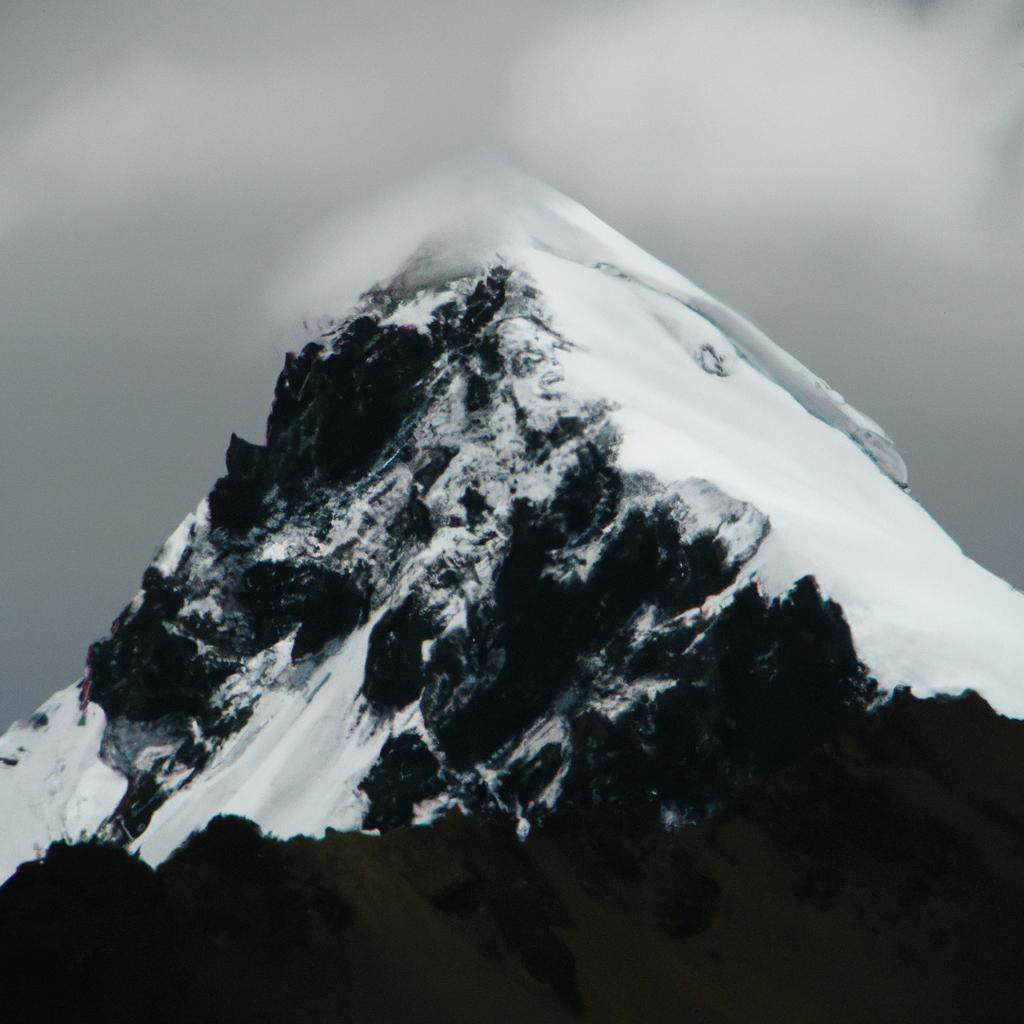
For adventurers seeking the thrill of the outdoors, the Andes Mountains offer an array of exhilarating activities. From hiking and skiing to mountain biking and horseback riding, the mountain range presents a playground for those yearning for unique experiences. The diverse landscapes of the Andes Mountains cater to a broad range of outdoor enthusiasts, ranging from treks through high-altitude deserts to explorations of dense rainforests.
Hiking ranks among the most popular activities in the Andes Mountains. The diverse landscapes provide numerous hiking options, ranging from leisurely walks to challenging treks. The Inca Trail, world-renowned for leading to Machu Picchu, stands as one of the most sought-after hiking trails globally. The trail offers a challenging endeavor rewarded by stunning views of the Andes Mountains’ natural splendor. Other popular hiking trails include Huayna Potosi and Torres del Paine National Park.
Skiing is also a beloved pastime in the Andes Mountains. With renowned ski resorts such as Valle Nevado in Chile and Las Leñas in Argentina, winter sports enthusiasts can revel in a range of activities, including skiing, snowboarding, and heli-skiing. The ski season in the Andes Mountains runs from June to September.
The Andes Mountains further cater to enthusiasts of mountain biking, horseback riding, and rock climbing. The varied landscapes ensure that outdoor adventurers find their perfect playground, making the region a hub for thrilling adventure tourism.
In Conclusion
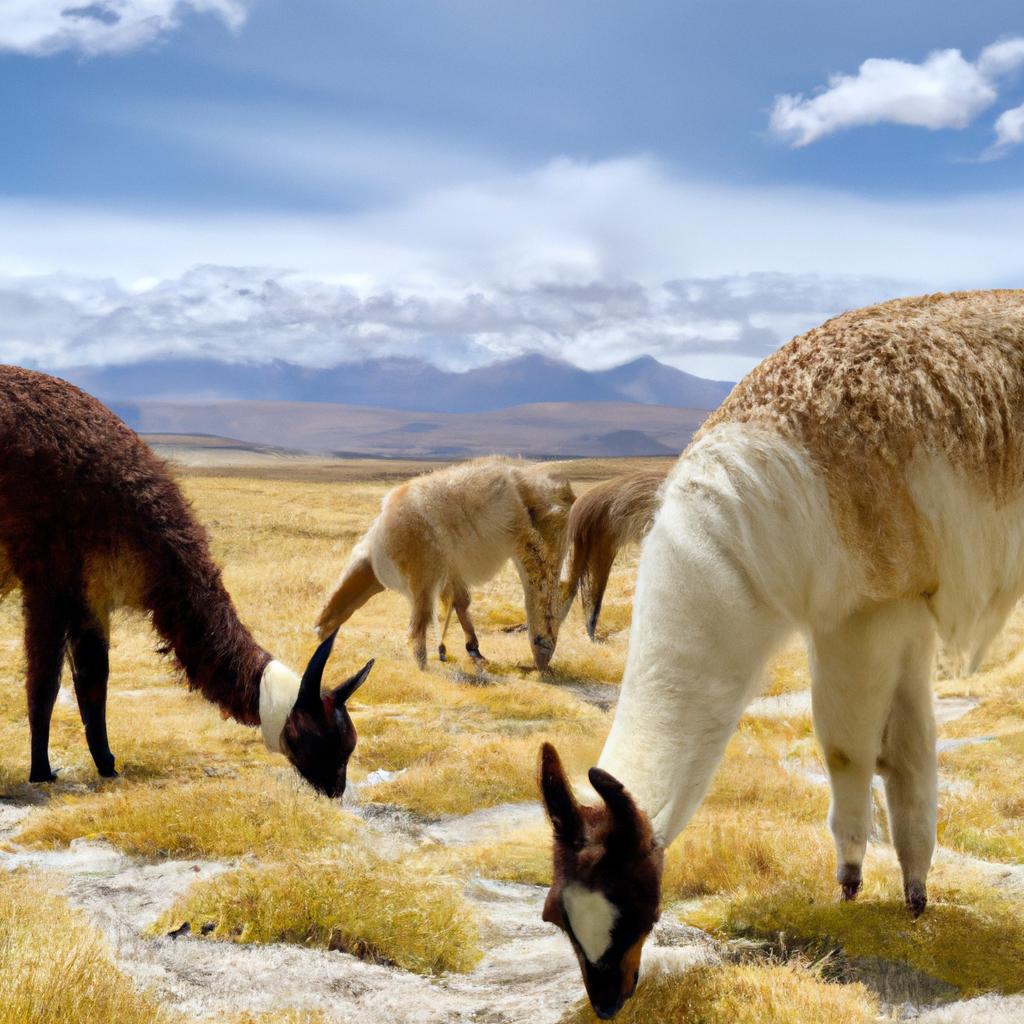
The Andes Mountains in South America stand as a testament to the mesmerizing beauty and wonder of nature. The region’s impressive geological features, rich cultural history, and unique biodiversity make it an exceptional destination for scientific research and tourism.
From the captivating ecosystems of the Puna, Yungas, and the Amazon Rainforest to the spiritual significance cherished by the indigenous people, the Andes Mountains leave an indelible mark on the hearts of those who explore them. Outdoor enthusiasts find themselves immersed in a world of adventure, with experiences like hiking, skiing, and mountain biking etching lifelong memories.
As a cherished natural jewel, the Andes Mountains are a source of pride for South America. Their profound beauty and grandeur captivate the imagination, reminding us of the incredible marvels nature has to offer. To embark on your own journey of discovery and encounter the magnificence of the Andes Mountains, visit TooLacks for a gateway to this remarkable destination.
